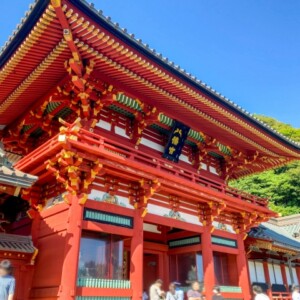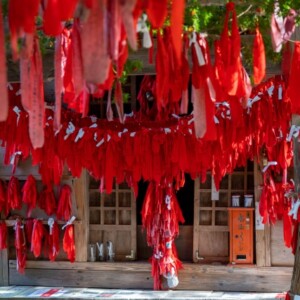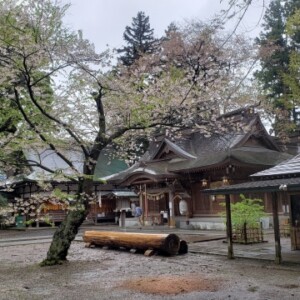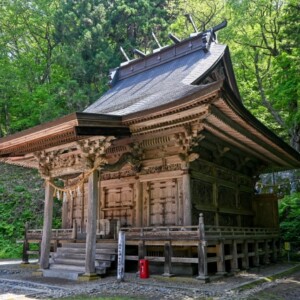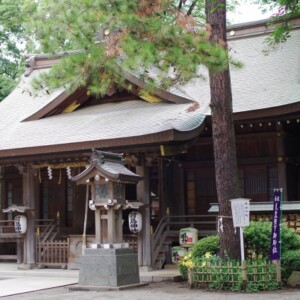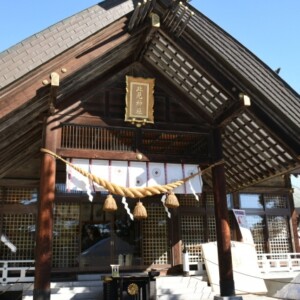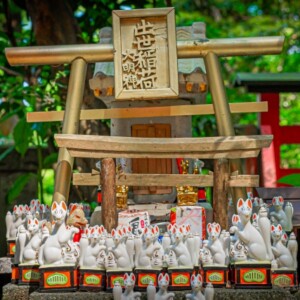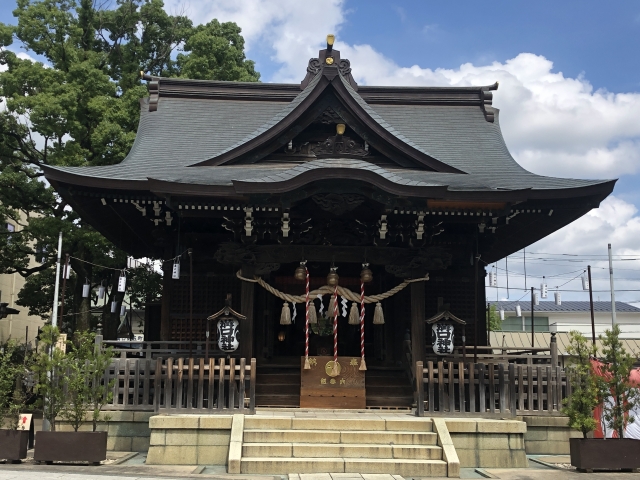
Mizoguchi Shrine|Complete guide to the history, highlights, and worship information of this historic shrine
Mizoguchi Shrine, located in Mizoguchi, Takatsu-ku, Kawasaki City, is a shrine with a long history that has been familiar to the local people since the Edo period. Originally built as Akagi Daimyojin, it became the current Mizoguchi Shrine in the Meiji era (1868-1912) when the shrine received a request from the Ise Jingu Shrine for its spirit. The grounds of the shrine are home to a zelkova tree over 500 years old, a camphor tree over 300 years old, and other large trees, and although the shrine is conveniently located only a 5-minute walk from Mizonokuchi Station, it maintains a lush green environment.
Mizoguchi Shrine Overview and Basic Information
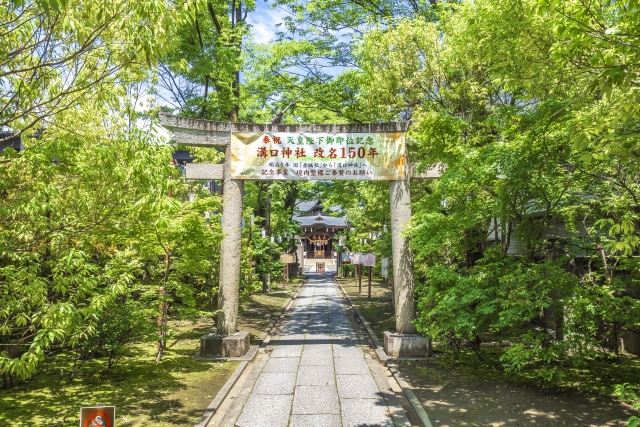
Mizoguchi Shrine is located in Mizoguchi, Takatsu-ku, Kawasaki City, Kanagawa Prefecture, and has long been worshipped by the community as the town guardian of the former Mizoguchi Village and Mizoguchi Inn. Today, the shrine is visited by many worshippers as the general guardian of the Mizonokuchi area.
History and Origin
The date of Mizonokuchi Shrine’s founding is not clear, but according to the oldest extant historical records, the shrine was rebuilt in 1709 as Akagi Daimyojin, the chief guardian of Mizonokuchi Village, Inage-ryo, Mushu-Tachibanaki County. In the Edo period (1603-1867), the shrine was called Akagi-sha as the general guardian of the villages near Mizonokuchijuku on the Yakurazawa Oukan (Daisen Road), and Bishamonten and Benzaiten were worshipped there.
In accordance with the Shinto/Buddhist Separation Order of the early Meiji period (1868), the shrine was renamed Mizoguchi Shrine after the deity’s image was moved to the Soryuji Temple behind the shrine and a branch of the Imperial Shrine of Ise was dedicated to the deity. At this time, Mizoguchi Village, Takatsu Village, Shimojyuku, Nakajyuku, Katamachi, Rokumacho, and Rokusho were merged to make a new start as the general shrine for the entire area.
In 1873 (Meiji 6), the shrine was upgraded to a village shrine and designated as a shrine for the offering of sacred offerings. The shrine has continued to develop with the growth of the community, and the precincts of the shrine have been improved to their present form.
Deities and Benefits
The deities of Mizoguchi Shrine are Amaterasu Omikami and Yamatotakeru no Mikoto. Amaterasu is known as the ancestral deity of the Imperial Family and is considered the supreme deity of all Japanese people. Yamatotakeru no Mikoto, also known as Nihon no Musunon, is the legendary prince of ancient Japan.
Today, Mizoguchi Shrine is known for its divine virtues such as “safe childbirth, child-rearing, marriage, and family safety,” and is popular among local people as “Kawasaki’s prayer place. In particular, many worshippers pray for the happiness and health of their families, and the shrine is loved as a shrine to be taken care of at every milestone in life.
Highlights and Features of Mizoguchi Shrine
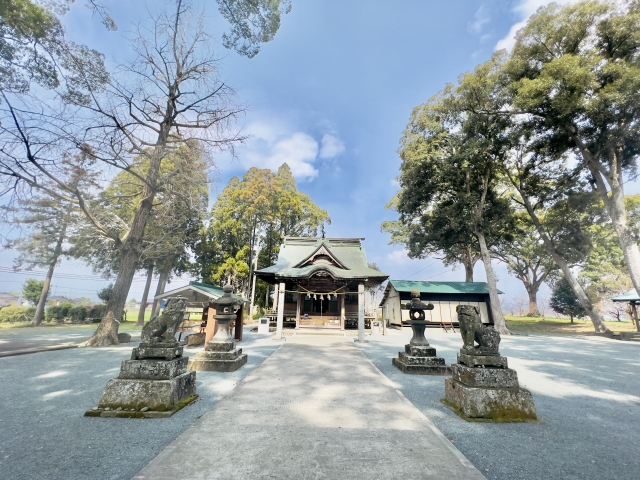
Mizoguchi Shrine is located in a residential area, yet it is a beautiful shrine that harmonizes its historic architecture with its natural surroundings. The excellent location along the Daisen Kaido Road and the precious nature remaining in the shrine grounds attract visitors.
Architectural and Structural Attractions
Upon entering the shrine grounds, the first thing that catches the eye is the magnificent stone torii gate. The present torii gate was rebuilt in 1926, after the torii gate erected in 1779 collapsed in the Great Kanto Earthquake. The torii gate still bears an inscription from that time, and is a valuable remnant that tells the history of the area.
The shrine pavilions are historic buildings that survived the war and still exist, and they still preserve the beauty of traditional shrine architecture. The elaborate woodwork and decorations of the main shrine pavilions are especially worth seeing, and they create a solemn feeling in the hearts of worshippers.
An Inari shrine is also enshrined in the precincts of the shrine, which also attracts many worshippers. The stone lanterns and water reservoirs located in various parts of the shrine are also important elements that contribute to the solemn atmosphere of the shrine.
Nature and scenic beauty
The most distinctive feature of Mizoguchi Shrine is the large trees remaining on its grounds, including a long-lived zelkova tree over 500 years old and a camphor tree over 300 years old. These old trees are carefully protected as a precious natural heritage that is rare in urban areas.
The long-lived zelkova in particular is revered as a sacred tree, and its imposing appearance creates a mysterious atmosphere. Although the tree is not very tall because it was damaged by lightning, its presence is so overwhelming that many worshippers stop to look up at it.
From 2013 to 2014, a precinct maintenance project was conducted to improve the approach to the shrine, build a new gojimbashi (sacred bridge), and transplant and protect sacred trees. These improvements have helped to preserve the historic natural environment in better condition, allowing worshippers to walk around the temple grounds with peace of mind.
Although the precincts of the temple are not large, the lush green space provides a healing place for visitors to forget the hustle and bustle of the urban area. Visitors can also enjoy the changes in nature from season to season, especially during the season of fresh greenery and autumn leaves, when the scenery is especially beautiful.
Guide to Worship and Visiting
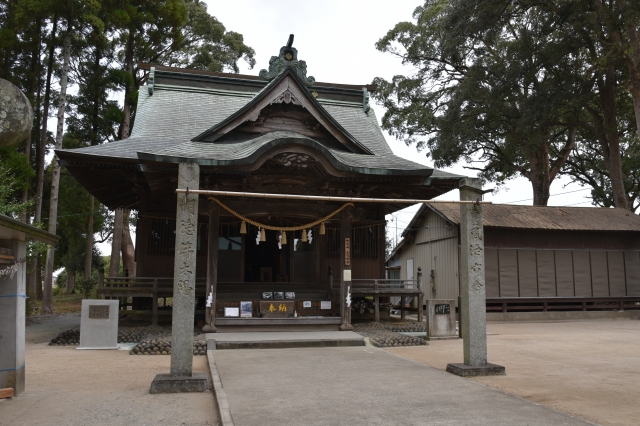
Mizoguchi Shrine strives to create a friendly environment for modern worshipers while respecting the ancient manners of worship that have been handed down from generation to generation. As the general guardian of the community, many people visit the shrine daily to pray for peace of mind and the happiness of their families.
Worship Etiquette and Manners
Visiting a shrine is an important time to purify your mind and pay obeisance to the gods. At Mizoguchi Shrine, the following basic manners are to be followed.
When passing through the torii gate, bow lightly and walk along the edge of the path. At the hand-watering basin, purify your body by cleansing your left hand, then your right, and rinse your mouth. In front of the hall of worship, offer money and pray with two hands and two beats and one clap.
During the time of worship, please keep quiet and be considerate of other worshippers. Photography is allowed on the grounds, but care must be taken not to disturb other visitors or the rituals.
Annual and Seasonal Events
Mizoguchi Shrine holds various festivals throughout the year, the main ones being the New Year’s Day Festival on January 1, the Prayer Festival on February 11, the Setsubun Festival in February, the Grand Purification on June 30 and December 31, and the Shinnae Festival on November 23.
The most important festival is the annual grand festival, held on a Sunday near September 15, which is also accompanied by a Shinto ritual. During this time, the local community gathers to enjoy the traditional festive atmosphere. During the festival, the gates are open until 9:00 p.m.
On New Year’s 3Ga (New Year’s Eve), the gates open at special hours, attracting many Hatsumode (New Year’s visitors). During this period, stalls selling lucky charms are also set up, creating a festive atmosphere for the New Year.
Goshuin (red seal) and omamori (good luck charm) information
Mizoguchi Shrine offers red seals, the first of which costs 300 yen. The red seal is stamped with the name “Mizoguchi Shrine” and is carefully written in black ink. Depending on the time of year, special characters such as the Chinese zodiac or “Kawasaki prayer place” may be included.
It should be noted that Mizoguchi Shrine also offers red seals for five other shrines (Futago Shrine, Ontake Shrine, Shinshiro Shrine, Kuchi Shrine, and Hisamoto Shrine) that are also served by the shrine. It is very convenient to receive multiple red seals at Mizoguchi Shrine without having to visit each of these shrines separately.
Original red seal impression books featuring the shrine pavilions are also available, and are popular as souvenirs unique to Mizoguchi Shrine. A variety of other awards are also available, such as amulets made of genuine leather.
Amulets that are said to bring good luck in money and lotteries are also available, with prices ranging from 800 to 1,000 yen. There are amulets for various wishes, such as family safety, traffic safety, and academic success.
Access and Information
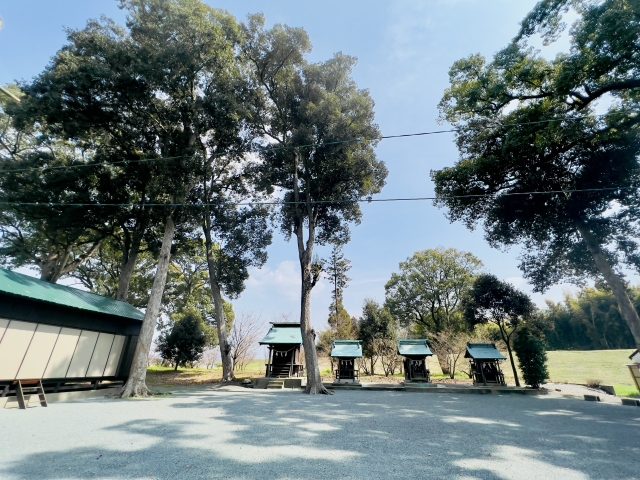
Mizoguchi Shrine is easily accessible from central Tokyo, and is located in a location that makes it easy to visit the shrine by public transportation. The convenience of being within walking distance from the nearest station is one of the reasons why the shrine is loved by many worshippers.
Transportation Access
Mizoguchi Shrine is a 5-minute walk from the front exit of Mizonokuchi Station on the Tokyu Denentoshi Line and Oimachi Line or the north exit of Musashimizonokuchi Station on the JR Nanbu Line. Both stations are approximately the same distance from the shrine, making it convenient to visit the shrine from either location.
Mizonokuchi Station is about 20 minutes from Shibuya Station on the Denentoshi Line, and Musashimizonokuchi Station is about 15 minutes from Kawasaki Station on the Nambu Line, providing easy access from central Tokyo. The area around the stations is well-stocked with commercial facilities, making it possible to enjoy shopping and dining in addition to visiting the shrine.
The shrine is located along the Oyama Kaido Highway, giving the area a historic roadside atmosphere. The route from the station passes through a residential area, so it is recommended to check a map before heading there.
If coming by car, there is a parking lot along the road from the “Kiridoshi” intersection on Route 246 toward Mizonokuchi Station, which is free of charge for visitors. However, since parking space is limited, public transportation is recommended.
<Address> 2-25-1 Mizonokuchi, Takatsu-ku, Kawasaki-shi, Kanagawa, 213-0001 Japan
Hours of Operation, Fees, and Parking
Mizoguchi Shrine’s regular opening hours are from 6:00 a.m. to 5:30 p.m. Admission to the shrine is free and everyone is welcome to visit.
The shrine is open from 9:00 a.m. to 5:00 p.m. for the conferring of charms and amulets, and red seals are also available during these hours. Prayer services are available by appointment only from February to December, and prior notice by phone (044-822-3776) is required.
Prayer service begins at 9:00 a.m. and ends at 4:00 p.m. in 30-minute increments, and registration must be completed 15 minutes prior to the opening of the service. Reservations are accepted from two months prior to the month of visitation.
On the three days of the New Year, the gates have special opening hours, and are open from midnight to 9 p.m. on January 1 and from 6 a.m. to 8 p.m. on January 2 and 3. During this period, the hours for the conferment of omamori (talismans) and amulets will also be extended.
During the annual festival, the gates are open from 6:00 a.m. to 9:00 p.m. for the entire community to enjoy the festivities.
Parking is available for visitors, but the number of spaces is limited, so public transportation is recommended, especially during busy periods such as the annual festival and New Year’s. Coin-operated parking is available nearby. Coin-operated parking is available nearby, so please use it if necessary.
Reference sites
Mizoguchi Shrine official website: http://www.mizonokuchijinjya.org/



